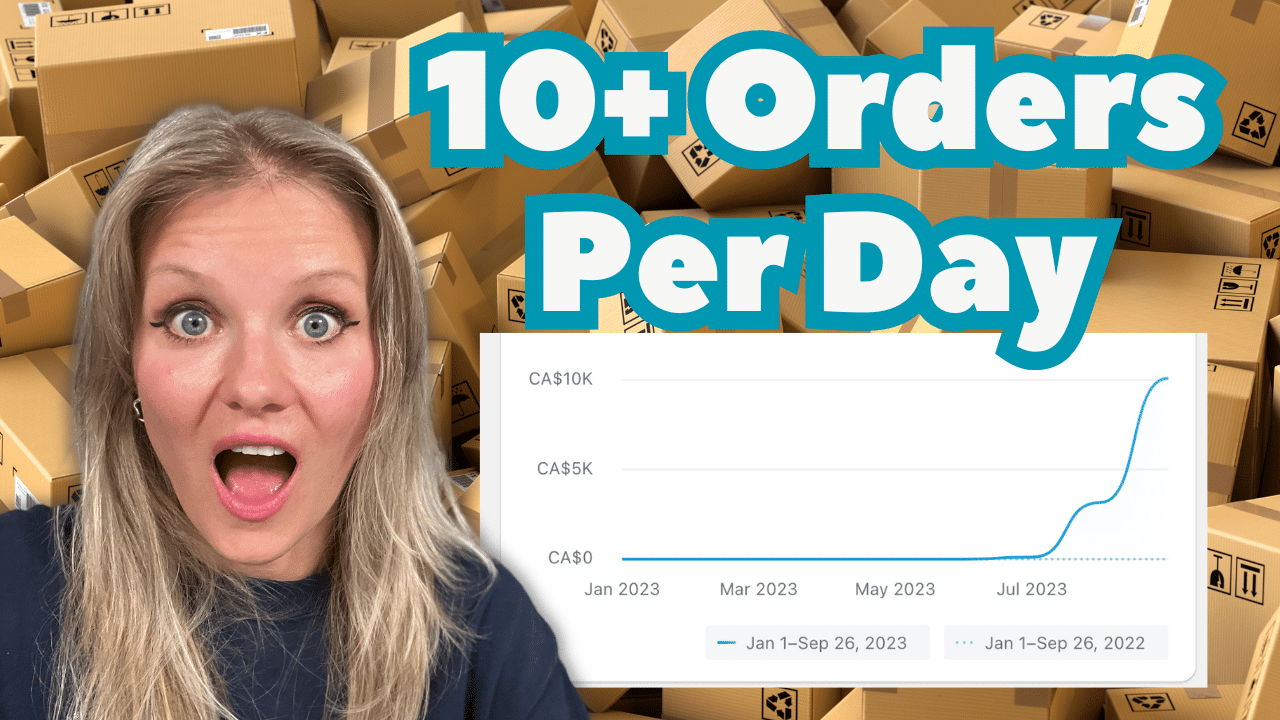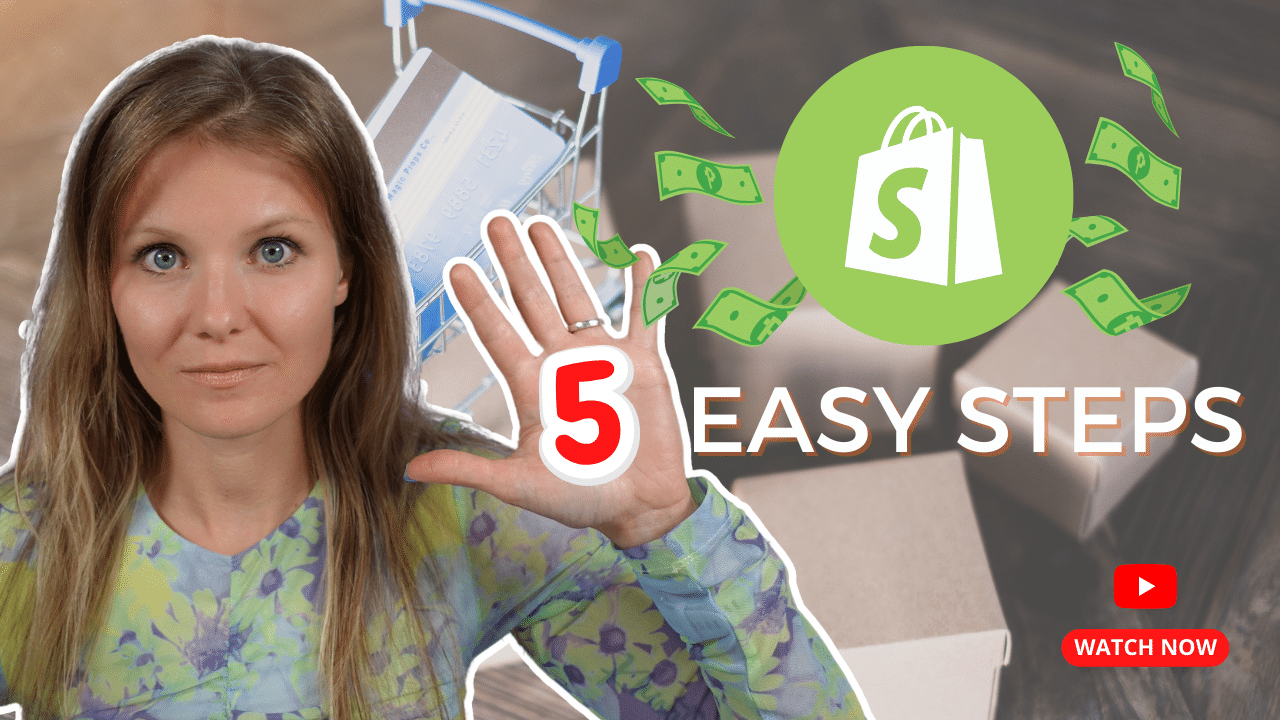Crowdfunding platforms like Kickstarter have provided a lot of opportunities for entrepreneurs to launch their products. However, there is a hidden danger that comes with crowdfunding. What happens when a company raises a lot of money on Kickstarter, only to discover later that they cannot make the product or fulfill the orders?
In this blog post, we will explore this danger and provide three best practices for avoiding it.
How can we avoid this from happening?
#1) Give yourself more time and budget than you think you need to deliver the product.
For first-time entrepreneurs that are developing new products, the product development and fulfillment process to a mass-market manufacturable product can be more expensive and take more time than originally expected. It is important to plan for unexpected delays and give yourself a longer timeline and budget than you think you need.
#2) If this is your first time working with a manufacturer and you don’t have the molds or prototype finalized, expect that the manufacturing process will take longer than initially anticipated.
When communicating with your customer, be realistic when telling them when they can expect to receive their order.
#3) Start taking pre-orders ONLY when you’re ready to start manufacturing.
There is nothing that will kill early momentum for a new brand than not delivering products on time. This means it’s best to launch as late into the product development process as possible. This will help to prevent unforeseen costs of extra development, and more prototype edits, that tend to add months onto the original timeline.
In conclusion, crowdfunding platforms provide opportunities for entrepreneurs to launch their products, but there is a hidden danger that comes with crowdfunding. To avoid the danger of raising a lot of money on Kickstarter and not fulfilling the orders, entrepreneurs need to give themselves more time and budget, be realistic with their manufacturing timeline, and start taking orders only when they have a final prototype and are ready to start manufacturing. By following these three best practices, entrepreneurs can minimize the risk of failing to deliver on their promises to backers.





